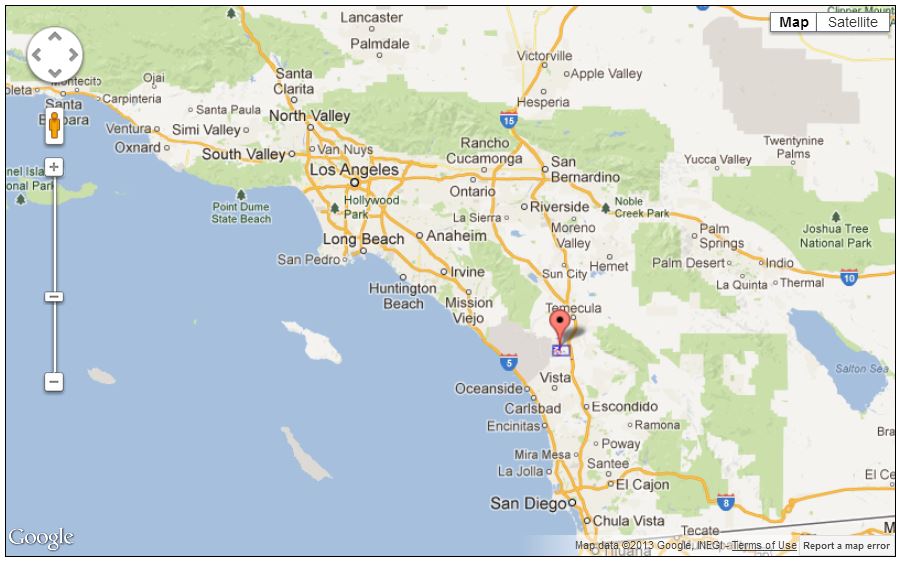|
[+] Mailing label | ||
Lookups: 20035 Ham Member
| ||
| Email: | ||
20130514 1500UTC 14034.9kHz W6JL
Date : 14/May/2013 1500UTC
Freq : 14034.9kHz CW
Rig : KENWOOD TS-590S 08:20- Filter 100
ANT : LOOP
PC recording
Tnx fer QSO Don san 73's : ) .. Your rig is Nice job!!!
| ||||||||||||||||||||||||||||||||||||||||||||||||||
I have been active on the air continuously since March of 1955. I am a CW-only op and a ragchewer. I do not buy ham gear. I use homebrew-only equipment, currently a phasing image-rejection receiver with Tayloe front end, and a 50mW-550W variable power DDS-based QSK transmitter. It's a simple but effective all-band rig. Homebrew has never been easier (or cheaper) than it is today! We are living in a Golden Time now for those of us who enjoy homebrew. For some additional information on my rig, see:http://cbjohn.com/aa0zz/PPLLUsers/W6JL/W6JL.pdf. Or contact me via email.
Below is a picture of my all-homebrew QRO QSK station, followed by some details of the QRO PIN T/R switch, and details on the modules that make up my single-signal DC phasing receiver. I prefer modular arrangements, not co-located in a single enclosure. This allows placement of the very few needed controls just where I want them to be, not constrained by a tiny vertical front panel layout. It also facilitates easy modifications as new techniques, devices (and ideas) arise. We are living now in a Golden Time for hams who love homebrew and using their own gear.
Below is the schematic, and an interior view, of the QRO QSK T/R switch, using 4-cent 1N4007 diodes as very effective PIN diodes at QRO power levels. All my PC boards are homebrew, using both through-hole and surface-mount (SMT) parts. Box is a four-chambered enclosure with all seams and PC board soldered permanently into the box for isolation/shielding. This PIN T/R switch scheme achieves 137 dB of receiver isolation from the amplifier output when the key is down. Thus, the receiver is never overloaded by my own 550W signal, and the receiver front end runs at full gain always. This is how I like QSK to be.
Below, double-balanced Tayloe detector front end in box on HB PC board, followed by its schematic. This amazing circuit has revolutionized HB phasing receivers. The MDS with no RF gain whatsoever, is better than -139 dBm. Notice how few parts are required to make an excellent wideband receiver front end which produces I and Q baseband outputs directly, with no high-level sinewave or quadrature L.O. required, as with the older dual-ring mixer architectures. The board appears sparsely populated because I have eliminated all the parts for use selectable USB or LSB. Since I am a CW-only op, there is no need for changing sidebands on any band, so I built an LSB-only Tayloe front end, which eliminates a lot of parts in the output portion of the front end.
Below, Si570 LO, modified, from Craig Johnson, AA0ZZ's design. LO runs at 4X signal frequency.
Above, 10-pole adjustable audio phase shift network (left) connected into PSN-QSK-FILTER-AMP receiver module. Below is schematic. I and Q audio inputs at left are from the double-balanced Tayloe detector front end. Output at lower right is single-sideband audio, with opposite sideband rejection of 70 dB in the CW bandwidth range.
Below is schematic of the post phase shifter keyed amplifier and 3 KHz wide baseband roofing filter, which sets the basic bandwidth of the receiver. The first stage contains an adjustable keyed gain circuit for adjusting the QSK key-down receiver gain.
Below, details of the selectable CW bandwidth filter. This 12-pole passive LC filter adds no noise to the system and is cascaded with the previous 7-pole SSB filter, providing ultimate 80+ dB selectivity on CW.
Below, the audio output module, with about 55dB gain max. Again, note simple design.
Above, measured sideband response of complete receiver with no baseband audio filtering (wide bandwidth limited only by the Tayloe detector's tracking bandwidth). This illustrates the desired and opposite sideband responses out to +/- 6KHz. In the CW bandwidth of 500Hz, opposite sideband suppression is 70 dB or better, which is excellent. Notice the remarkably abrupt attenuation very close-in to zero beat, something which is difficult to do with superhet architecture, but is achievable with phasing techniques requiring no I.F., no crystal filters, and no second detector/BFO. Receiver also has beautiful audio, another desirable characteristic of phasing receivers, but onlyif no DSP processing is used. My receiver uses all analog passive LC back end baseband filters,which contribute no noise and have very high dynamic range while preserving good group delay characteristics. When you homebrew, you can tailor your rig to exactly your own preferences, something not available in factory ham gear at any price. The very high cost-effectiveness is a bonus.
For homebrewers, some useful links below:
Info on Si570 and DDS VFO’s and KK7B designs:
Other useful links for homebrewing:
http://www.ae6ty.com Ward has some terrific information here!
European homebrew:: Highly recommend you take a look. Great stuff being done by homebrewers there.
Useful links to suppliers if you don’t have them already.
Tayloe Detectors and phasing network design tools for phasing receivers:

No comments:
Post a Comment